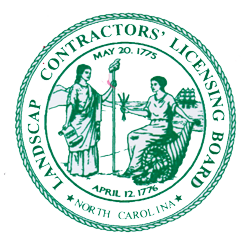Emerald Green Arborvitae is favorite landscape plant for corners of properties as well as for screening. It is one of the few narrow and columnar growing landscape plants that do not spread. Limitations include a heavy susceptibility to deer grazing, bagworms and a general intolerance of shade.
Western Red Cedar
Western Red Cedar, long a favorite in the Pacific Northwest, is increasingly available as a landscape screening plant in the Southeast. With its consistent and dense growth habit and freedom from insect pests, Western Red Cedar is worth considering as a landscape screening plant where it is available.
Deodar Cedar
This Southern favorite with it’s feathery needled foliage and blue-green color is highly valued in the landscapes. Drought and heat tolerant as well as moderately fast growing make this an ideal choice for sunnier spots. With many different cultivars available from blues to green and upright to weeping, Deodar Cedar is a good choice for southern landscapes.
Atlas Cedar
With either an upright or Weeping form, Blue Atlas Cedar adds great texture and coloration to the landscape. Home and Garden Landscapes particularly likes to employ the Weeping cultivar whenever possible as an accent point or specimen plant.
Eastern Red Cedar
Native to Eastern North America, Eastern Red Cedar is hard to beat as a landscape plant. Often overlooked in landscapes, this plant is increasingly being used due to it’s great screening properties, beautiful coloration and drought tolerance. These can be used as stand alone trees, privacy screens or in clusters. Fall “berries” also add interest as well.

